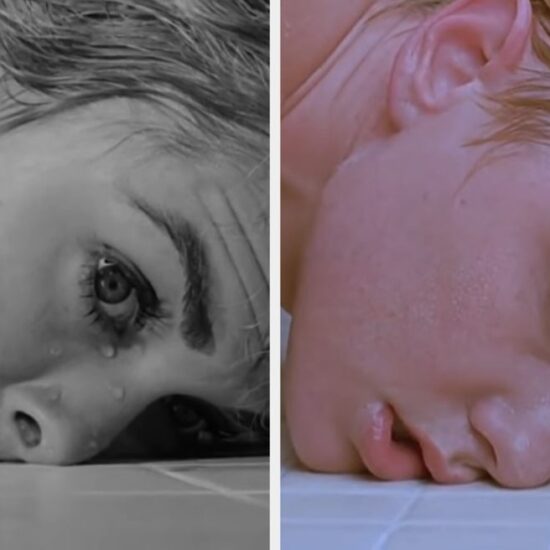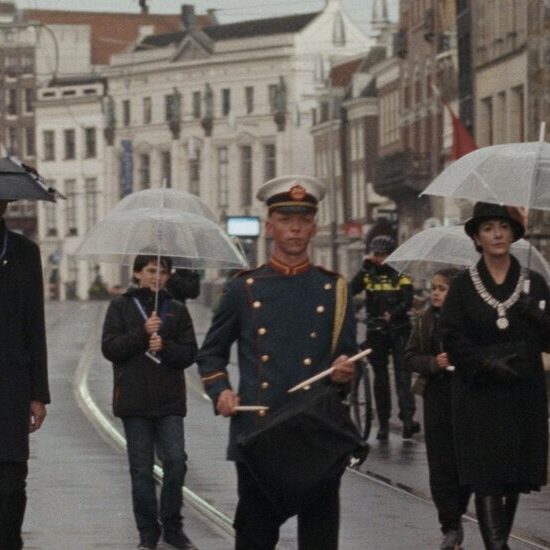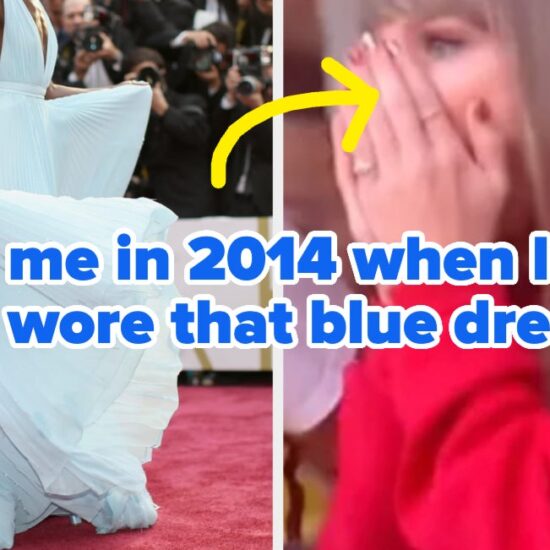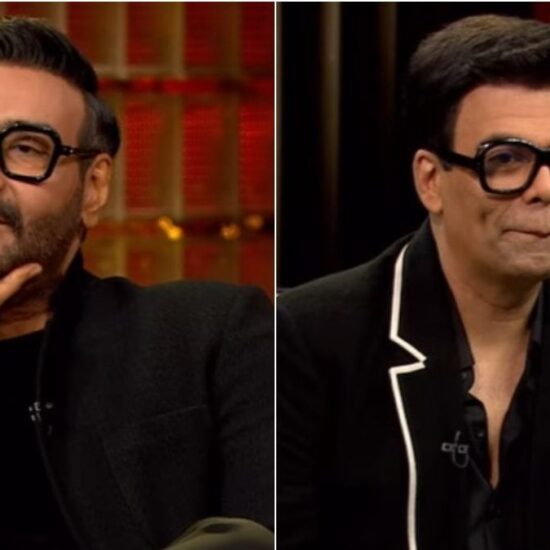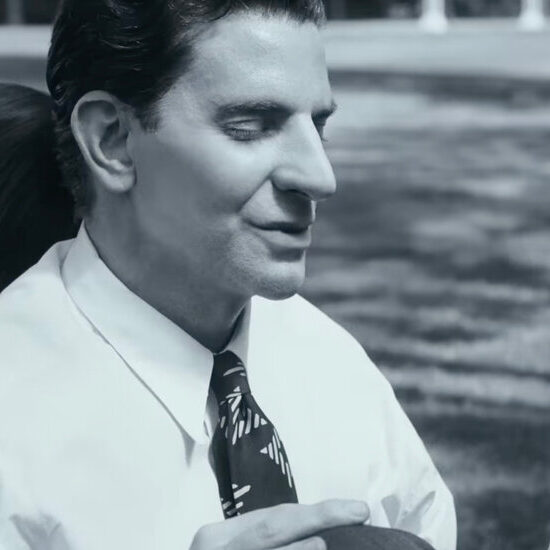
His name was Edward Brezinski and you’ve probably never heard of him.
A once New York-based painter, he was intense, ambitious and clever. Passionate and rebellious, he wasn’t afraid to cause a scene and speak his mind, exuding a charm that softened a deep frustration in an art world that was far too linear.
Unacknowledged as he yearned to simply make it, Brezinski’s character both shaped and hindered his career, and until recently relegated him to an unclear place in the past. Now, he is the topic of a documentary called “Make Me Famous,” which is making its Canadian premiere Friday at Hot Docs.
Directed by Brian Vincent and produced by Heather Spore, the film explores Brezinski’s career and the mystery of what befell him, set against the backdrop of New York City’s East Village in the 1970s and 1980s.
“Edward was charismatic, handsome, iconoclastic, and he will surprise you,” said Vincent. “He was a conceptional neo-expressionist … But (it was his peers who) got the golden nail. They continued on and Edward was passed by. Partly that had to do with his behaviour. He couldn’t stand hypocrisy.”
Brezinski’s life has been central for Vincent and Spore for the last decade.
The work began in 2012 when Vincent, then a Juilliard-trained, struggling actor, met Lenny Kisko, an art collector who had been close with Brezinski. Kisko was a champion of Brezinski’s work and legacy, and shared his expansive collection of prints and paintings with Vincent.
“Brezinski had an angst and anger that pushed through in his demeanour and in his art work,” Kisko said. “He knew how to get people’s attention.”
Vincent’s new-found interest quickly morphed into a documentary in hand with his partner Spore, also an actor who spent 10 years as part of the cast of “Wicked” on Broadway. With time, plenty were ready to talk.
“People were used to hearing interest in Keith Haring or Jean-Michel Basquiat, but they couldn’t dream about (interest in) Brezinski,” said Vincent.
Vincent and Spore found that long unacknowledged artists were skeptical and protective of their stories, and it was up to the filmmakers to prove intentions and build trust.
“They wanted to know that we would tell the story as it truly was and not making it sparkly because that is not how the Lower East Side was,” said Spore.
Born in Detroit and trained at San Francisco Art Institute, Brezinski landed in the East Village in the late 1970s. It was then a neglected area in an almost bankrupt city that had crushing poverty, tent cities and rampant drug trade. But, its apartments and studios for as little as $80 per month were a draw for artists who had little.
Brezinski was one of a small circle of painters. He and other artists banded together, staging their own exhibitions in store fronts, small studios, the bathroom of fellow artist Gracie Mansion and in Brezinski’s fifth-floor walk-up space across from a shelter. Spore called it its own “ecosystem of DIY galleries.”
“It was a collective of artists and what was very distinguishing was that they supported each other, working together, trying to out-create one another,” she said.
Brezinski and others felt there was “no hope of becoming famous, but the drive was to have respect for each other and to create.” Their effort would shape what became Club 57, a hub for artists of all types. Madonna, Keith Haring, Cyndi Lauper, RuPaul, Ann Magnuson and Kenny Scharf would all have a place there.
While many of his contemporaries would find recognition, Brezinski was up against a stiff mainstream art world that at the time shunned his style and didn’t fully appreciate painters. He also lacked the business savvy needed to make relationships and sell himself. To him, it was inauthentic and a betrayal of his art.
“He gave in to his foibles,” said Spore. “He would drink too much, be too outspoken. He didn’t play the game, although he desperately wanted success.”
He could be over-the-top outlandish, a behaviour that only further alienated him. He once ate a piece of a fellow artist’s work, and threw wine in the face of an unappreciating art dealer.
An out gay man, he had no long-term lover, few intimate friendships and little life away from his palette. The little money he made was spent on alcohol, cigarettes, canvas and paint.
Brezinski’s biggest accomplishment would not come until 2017, when a few of his pieces (supplied by Kisko) were featured in a Club 57-themed exhibition at the Museum of Modern Art.
“Make Me Famous” includes interviews with many of Brezinski’s peers and archival footage that was taken on his direction as if he knew he would be studied.
The documentary touches on another element of the era. The HIV/AIDS epidemic took the lives of many and changed Brezinski’s entire world. Many venues and safe spaces closed, communities were fearful and homophobia was rampant. The unifying thread between Brezinski and his counterparts shifted from art to death. They lost count of the people they lost.
Brezinski painted away, but his anger and anxiety grew. Much of it was aimed at then-U.S. President Ronald Reagan, whose administration failed to acknowledge the crisis for years. His city was also changing so by 1988, he fled to Berlin where the cultural scene embraced the avant-garde. Success would still elude him, and he withdrew further into his art and alcohol, living hand to mouth on the fringes until eventually no one heard from him again.
When beginning the documentary, Vincent and Spore believed Brezinski to be dead but the couple felt it was entirely possible he faked his own death. Brezinski was smart enough to know many talents find recognition posthumously.
“Make Me Famous” premiered at NewFest LGBTQ+ Film Festival in New York and was the official selection at the 2022 Santa Fe Film Festival. After a run in Toronto, it heads to Bertha DocHouse in London and a special screening at the Museum of the City of New York.
“We’re all toiling away with our art,” said Spore. “If you devote your life to art, it means something. A life devoted to art is worth exploring.”
JOIN THE CONVERSATION









